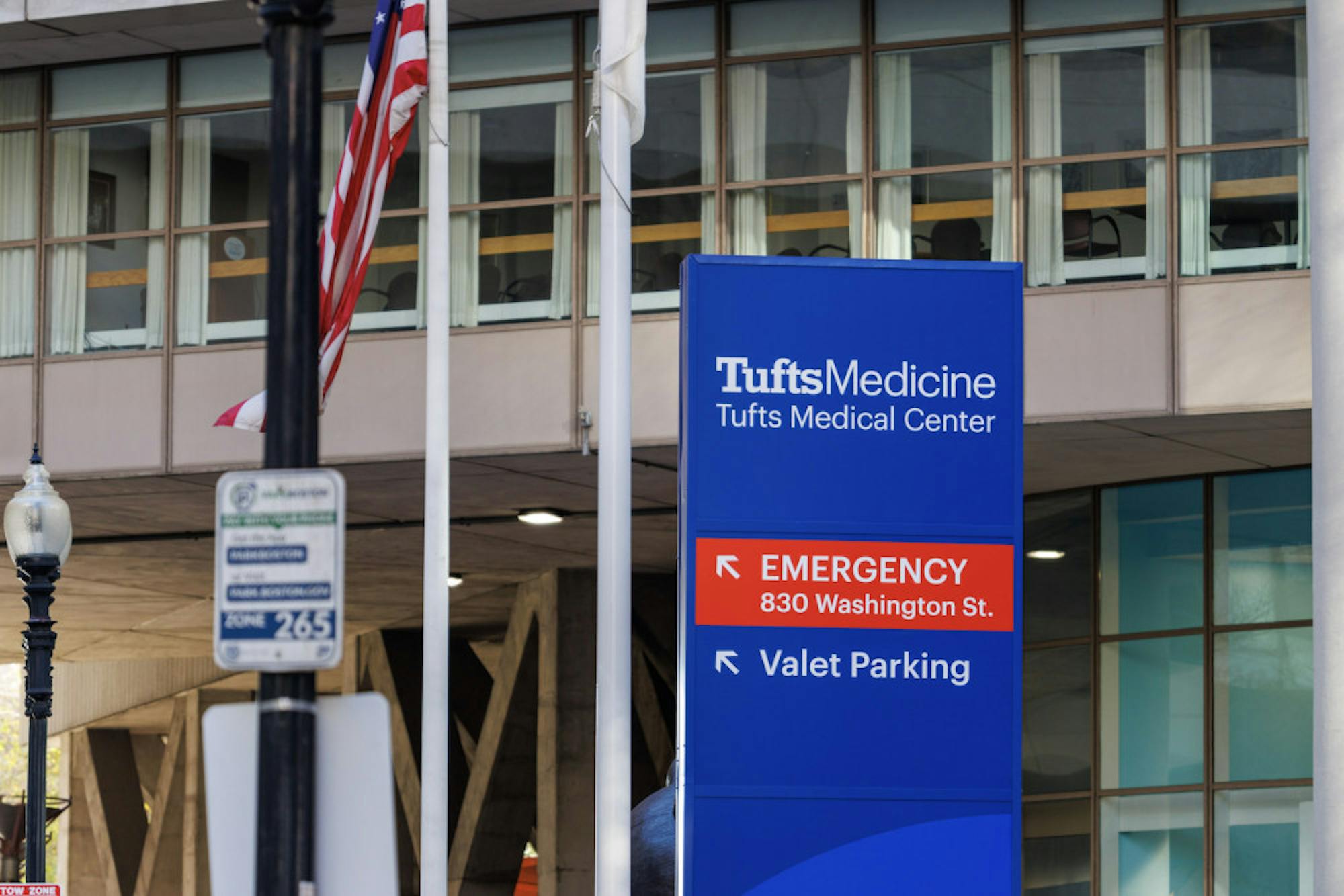A recent article published in the Daily argued that Diversity, Equity and Inclusion efforts are detrimental in a variety of ways. Particularly, it argued that DEI in the medical field prioritizes diversity over merit, disadvantaging patients. However, evidence indicates that DEI improves medical care for minority communities without affecting the overall quality of care. Furthermore, DEI initiatives across all professions work toward creating more equitable outcomes and combat systemic biases inherent in society.
Historically, there has been a staggering lack of diversity in the medical field. Women as well as nonwhite students were excluded from universities and the medical community at large for most of our country’s history. Even today, only 5% of physicians identify as Black while 5.8% identify as Hispanic — a massive gap compared to the percentages of the overall U.S. population these groups represent, which are 13.6% and 19.1%, according to 2022 Census Bureau population estimates.
This discrepancy has tangible negative health outcomes for people from various minority groups. Black women are three times as likely as white women to die from pregnancy complications — a disparity present even when controlling for preexisting conditions. Even the COVID-19 pandemic was found to disproportionately affect Black Americans; in Milwaukee, where 28% of the population is Black, Black people made up 73% of COVID-19 deaths in the initial spring 2020 surge. Increased diversity among medical practitioners can reduce this gap. Newborn babies are three times more likely to die if they are Black than if they are white. However, having a Black attending physician in the operating room is correlated with a 50% reduction in the difference between Black and white infant mortality rates. In addition, a study of 1,300 Black men conducted in Oakland, Calif. found that they were much more likely to select preventative medical services when their doctor was also Black. This simple fix has the potential to reduce the racial gap in cardiovascular mortality rates by up to 19%.
Negative health outcomes also stem from a lack of diversity in medical research, on both the research and participant sides. Less than 2% of cancer studies between 1993 and 2015 included enough minority participants for significant findings. This lack of diversity is common throughout the field. Many drugs react differently for people of different genders and ethnicities, so an exclusionary focus on white bodies in healthcare is incredibly dangerous. These drugs include the epilepsy drug carbamazepine, which can be deadly to ethnically Han Chinese people who have a certain gene, and the asthma drug albuterol, which has been found to be less effective for Black people. Even women, who make up over 50% of the U.S. population, face demonstrably worse health outcomes due to the long-running dearth of healthcare research on female bodies.
This issue is a self-fulfilling prophecy. Minority researchers are more likely to conduct research on and gain trust from their own communities, yet they are underrepresented in medicine and medical research. In addition, researchers from underrepresented ethnic minority groups have long received less funding from the National Institute of Health than their white counterparts. Though this disparity is generally improving, possibly due to increased DEI efforts, Black researchers continue to receive significantly less funding. Considering the life-and-death nature of this issue — there were more than 1.63 million excess deaths of Black Americans between 1999 and 2020 (when compared to the death rate of white Americans), with heart disease and cancer being some of the biggest culprits — it is essential that DEI efforts continue to diversify the industry, especially when it can make the difference on whether someone lives or dies.
One of the main critiques made against DEI is the idea that it promotes division, separation and unequal treatment by prioritizing minority identity over merit. As seen in the medical field, this argument fails to capture the practical outcomes of DEI. In hiring, these programs can help to promote equality by correcting for the socioeconomic disadvantages that minority groups face. And when it comes to patients, it’s especially important to recognize that equal treatment does not always translate to equal care.
All of these issues stem from the common source of systemic biases that exist in society today. Over 40% of Americans, and 47% of white Americans, are unconvinced about the reality of systemic racism borne of centuries of slavery and decades of discriminatory laws affecting many minority groups. However, countless studies have shown that systemic racism not only exists but has tangible effects. The discrepancy between physicians who are Black or Hispanic and their demographic proportion of the U.S. population can largely be attributed to opportunity gaps and implicit and explicit bias in hiring practices. Disparities caused by systemic racism are wide-ranging and impact everything from housing to education and the quality of life of future generations. DEI programs are able to foster equity by encouraging representation of minority groups in positions they are often denied due to these societal factors, thus benefiting their communities.
The best doctors are the ones who bring a variety of perspectives and have an understanding of the ways to treat each patient based on their specific needs. With DEI, we can create a world in which all people are treated equitably. Diversity isn’t divisive: It’s our nation’s greatest strength. It’s time to acknowledge the material benefits it provides and stop seeing each other as competition.






